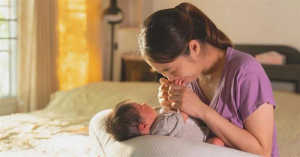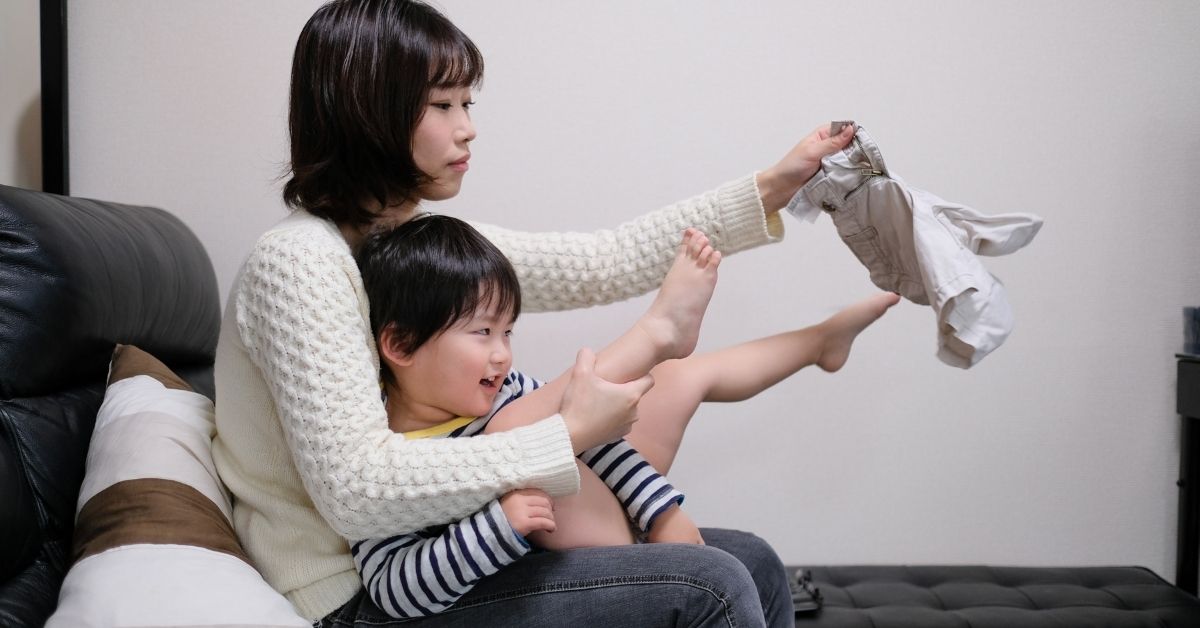If you are awaiting the birth of a baby, have recently given birth, or are caring for an infant, you may be wondering whether it is appropriate for your baby to use a pacifier. Pacifiers are small sucking devices designed to provide comfort, especially when babies become unhappy, sleepy, or restless. Pacifiers have several advantages, including the prevention of sudden infant death syndrome (SIDS), assistance with breastfeeding, and support for natural suction reflexes. However, they also come with disadvantages, such as potential tooth abnormalities, nipple confusion, and an increased likelihood of ear infections.
Selecting the correct pacifier for your baby is crucial. You want a pacifier that matches your baby’s needs, preferences, and developmental stage, as well as being safe, comfortable, and easy to clean. With so many types of pacifiers on the market, varying by shape, materials, design, and specific features, it can be overwhelming to decide which one is best for your baby. This article will discuss the various types of pacifiers and help you choose the ideal soother for your little one.
Nipple Shapes
One of the main factors to consider when selecting a pacifier is the nipple shape. The shape affects how your baby latches, their comfort, and even mouth development. Here are the three main types of nipple shapes
Orthodontic
Overview: Orthodontic pacifiers have a flat bottom and an angled nipple that resembles the shape of a mother’s breast. They are designed to facilitate positive dental development by balancing the pressure on both gums and teeth.
Benefits:
- Promote healthy oral development.
- Ideal for breastfed infants, as they reduce the chance of nipple confusion.
- Smooth transition from breastfeeding to pacifier use.
Drawbacks:
- Some babies may take time to adjust to the shape.
Round:
Overview: The nipple of a round pacifier is shaped like a cherry, which is familiar to many babies and provides comfort.
Benefits:
- Easy to use and comfortable for most infants.
- Popular and widely available.
Drawbacks:
- Prolonged use can affect mouth development by pushing the tongue and teeth forward.
- Not ideal for breastfed babies due to the potential for nipple confusion.
Symmetrical
Overview: Symmetrical pacifiers have a teardrop-shaped nipple that can be used on either side, resembling orthodontic pacifiers but with a more rounded shape.
Benefits:
- Ideal for dental development, distributing pressure evenly across gums and teeth.
- Suitable for breastfed babies, reducing confusion and improving latching.
Drawbacks:
- May not be as widely available as other shapes.
Materials
The material of the nipple is another important aspect to consider, as it influences durability, hygiene, and natural feel. Here are the main types of materials:
Silicone Pacifiers
Overview: Silicone is the most common material for pacifiers. It is BPA-free, durable, and easy to clean.
Benefits:
- Heat-resistant and sterilizable.
- Odor, stain, and bacteria-resistant.
Drawbacks:
- Harder and smoother than other materials, which may feel less natural to some babies.
- Can tear or break when bitten by older babies.
Silicone
Pacifiers are most often made of silicone. It is BPA-free, sturdy, and simple to clean. It is heat-resistant and sterilizable. It is also odor-, stain-, and bacteria-resistant. But silicone may feel less natural to some babies because it is harder and smoother than other materials. It may also tear or break when bitten by older babies.
Latex
Overview: Latex is softer and more flexible than silicone, offering a feel closer to a breast.
Benefits:
- More appealing to breastfed babies and those with soft gums.
- Softer and more elastic.
Drawbacks:
- Not suitable for babies with latex allergies.
- Deteriorates faster than silicone and is more sensitive to heat, light, and moisture.
- Can absorb odors, stains, and bacteria.
Natural Rubber
Natural rubber is biodegradable and 100% chemical-free. It is close to latex but more natural and hypoallergenic. It is also less rigid and more pliable than silicone; it feels better for some babies. But natural rubber is not always accessible and may degrade more quickly than other materials. It is also affected by a considerable amount of heat, light, and moisture, and it has the tendency to retain such things as odors, stains, and bacteria.
Shield Designs
Among the aspects to consider when selecting a pacifier is the shape of the shield. The shield is what stands against the baby’s face. It is possible to adjust the shield design so that it can find a secure position in an infant’s mouth, allow adequate airflow, and provide comfort. There are three main types of shield designs: butterfly, standard, and angled.
Butterfly Pacifiers
Overview: Butterfly pacifiers have an open shield that provides sufficient ventilation, reducing saliva build-up and skin irritation.
Benefits:
- Prevents skin irritation by allowing airflow.
- Resembles the shape of a mother’s breast, which may be familiar to some babies.
Drawbacks:
- May be less stable due to less contact with the face.
- Lower coverage and protection might be less appealing to some infants.
Standard Pacifiers
Overview: Standard pacifiers have a curved shield that offers greater coverage and protection.
Benefits:
- Provides more comfort and stability.
- Greater interaction with the face, which some babies may find appealing.
Drawbacks:
- Can hold moisture against the skin, causing irritation or rashes.
- May cause pressure and irritation to the nose.
Angled Pacifiers
Overview: Angled pacifiers have a slanted shield that pushes the nipple away from the infant’s nose, relieving pressure and allowing better air circulation.
Benefits:
- Reduces pressure and irritation to the nose.
- Natural and convenient design.
Drawbacks:
- Less familiar shape might be less appealing to some infants.
- Less stable due to less contact with the face.
Safety Considerations
When choosing a pacifier, safety should always be a top priority. Here are some safety tips:
- Certification: Look for pacifiers approved by the American Academy of Pediatrics (AAP) or the Consumer Product Safety Commission (CPSC).
- Proper Fit: Ensure the pacifier is the correct size for your baby’s age and mouth.
- Avoid Loose Parts: Ensure there are no loose parts or decorations that could pose a choking hazard.
- Check for Wear and Tear: Replace pacifiers every 2-3 months and check regularly for cracks, holes, or tears.
Practical Tips for Choosing the Right Pacifier
- Bring Multiple Options: Babies can be picky, so having a few different pacifiers to try can help you find the best one.
- Consider Ease of Cleaning: Choose pacifiers that are easy to clean and sterilize.
- Follow Your Baby’s Cues: Respect your baby’s preferences and avoid forcing a pacifier if they are uninterested.
- Use Pacifiers Appropriately: Do not use a pacifier as a substitute for feeding, attention, or comfort. Limit its use to naptime and bedtime.
Conclusion
Choosing the right pacifier for your baby involves understanding the various types and considering factors such as nipple shape, material, shield design, and safety. By making an informed decision, you can find a pacifier that suits your baby’s needs and preferences, ensuring comfort and safety. Always follow safety guidelines and consult your pediatrician if you have any concerns about pacifier use. With the right pacifier, you can help soothe your baby and provide comfort during their early months.








